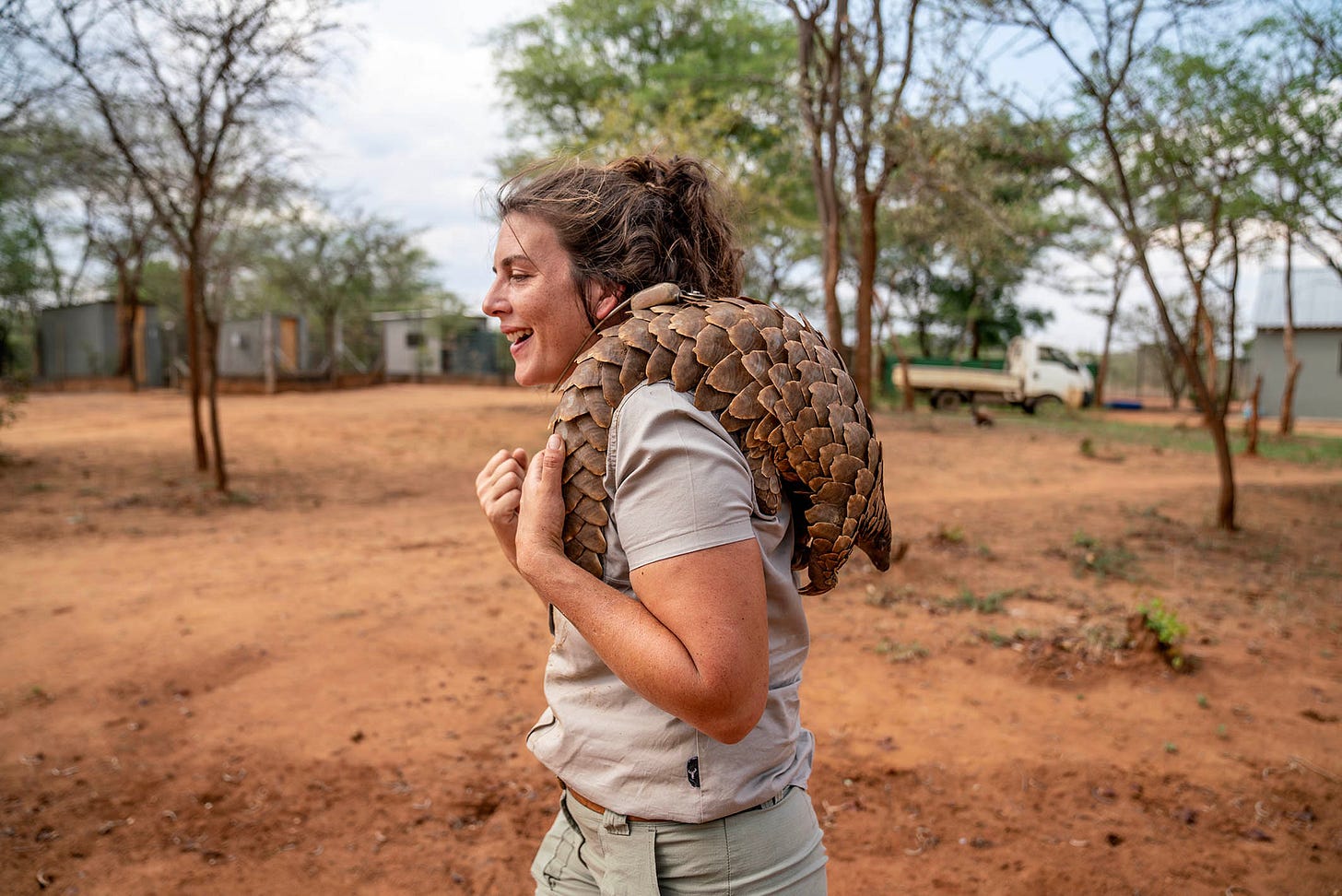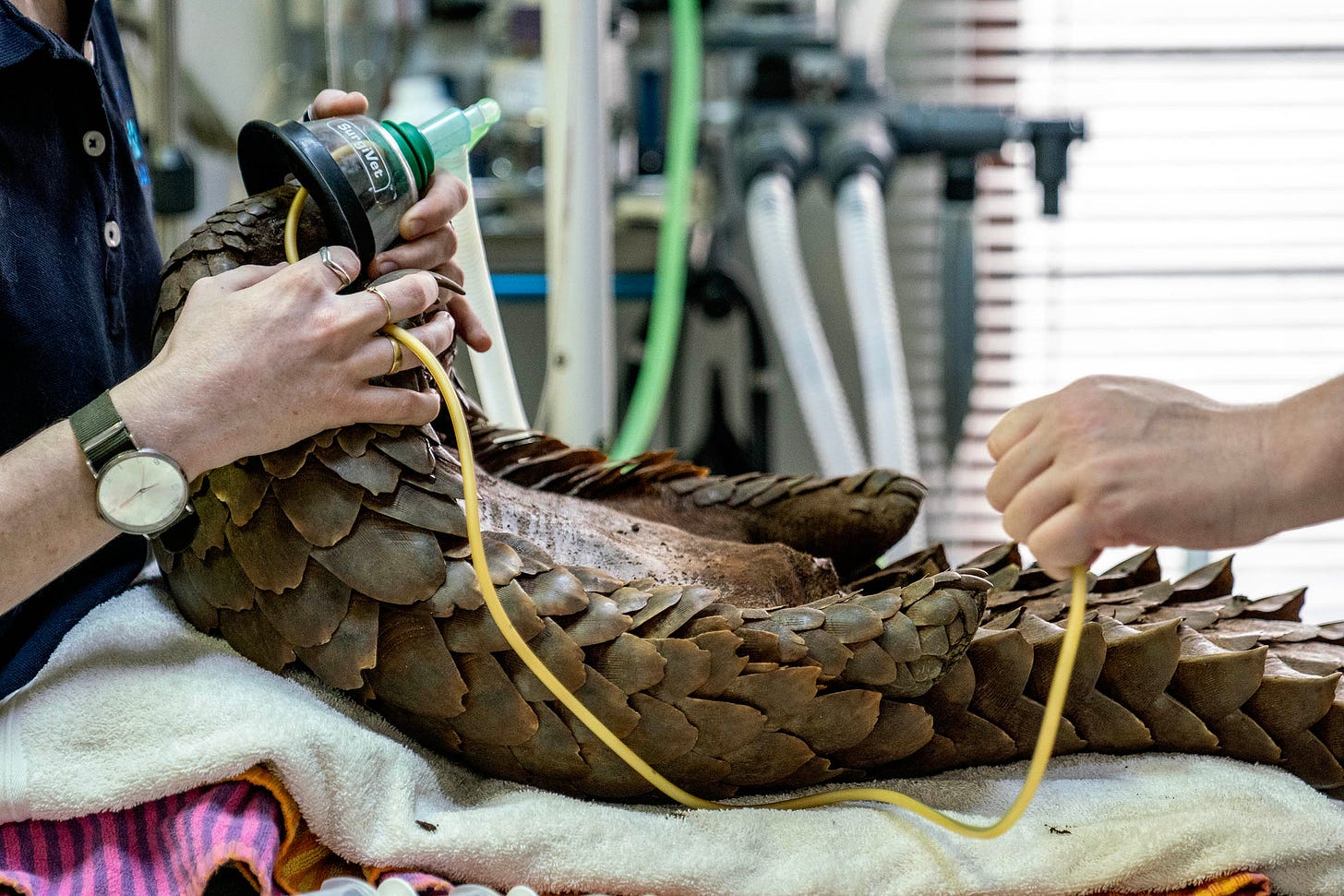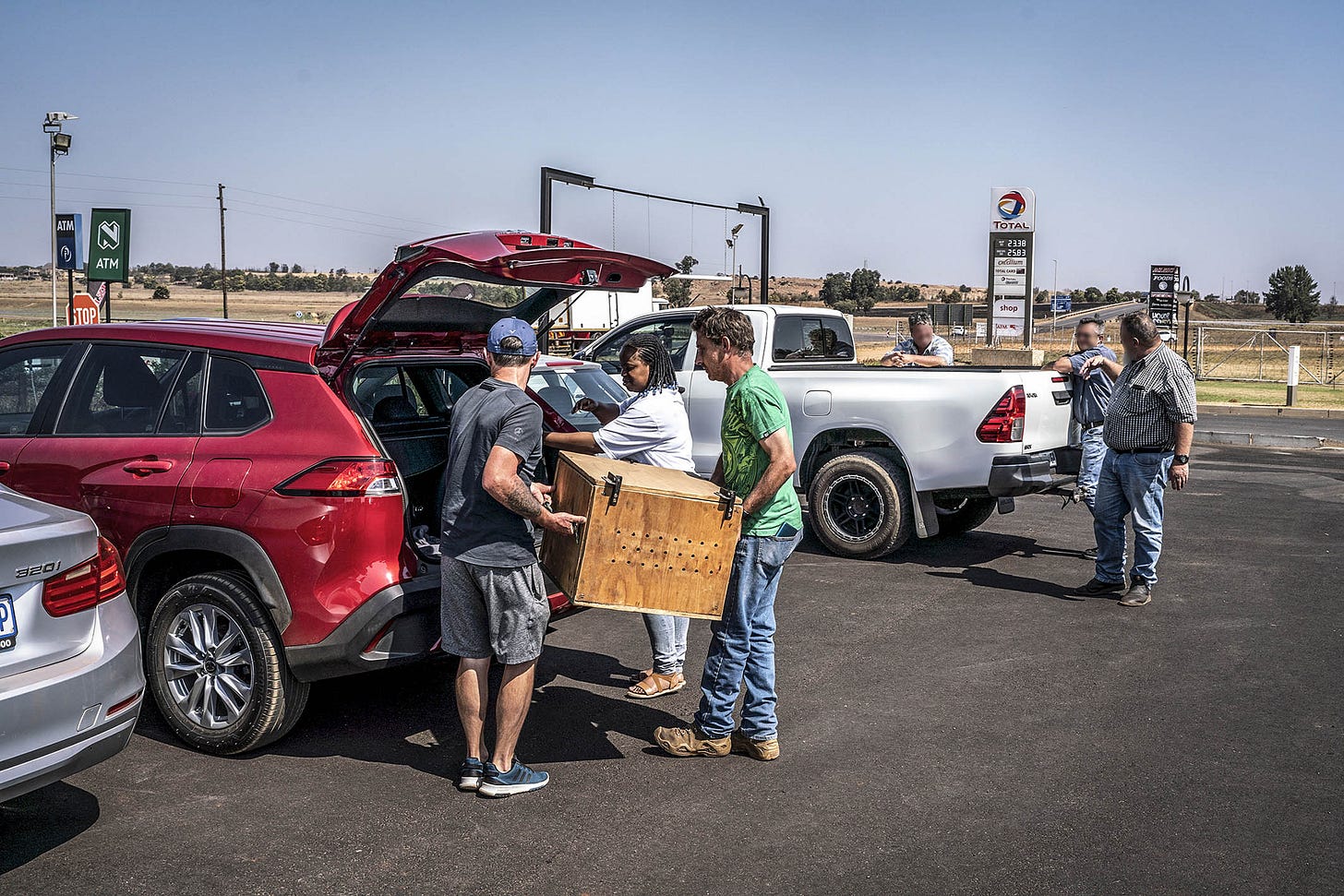Photo Essay: Saving the pangolin
The pangolins pictured here received medical treatment and then rehabilitation by veterinary professionals. They are the lucky ones
Pictures by Shiraaz Mohamed
Every year, 2.7-million pangolins are stolen from Africa. These endangered animals are trafficked to Asia, where there is a lucrative black market for pangolin flesh and for their scales, which are ground up into a powder that supposedly cures a wide range of ailments.
Occasionally, however, anti-trafficking authorities catch a break – and are able to stop the traffickers in their tracks. These rare pictures were captured during a successful raid last year by South African police.
The pangolins pictured here received medical treatment and then rehabilitation by veterinary professionals. They are the lucky ones.
Other pangolins – trafficked by criminal gangs alongside mandrax, heroin, cocaine, rhino horn, ivory and blood diamonds – endure horrifying conditions as they are moved between continents.
They are stored in hot, confined areas, sometimes with their limbs severed to prevent escape; some are doused in petrol, or other substances with strong odours, to avoid detection by anti-poaching sniffer dogs.







